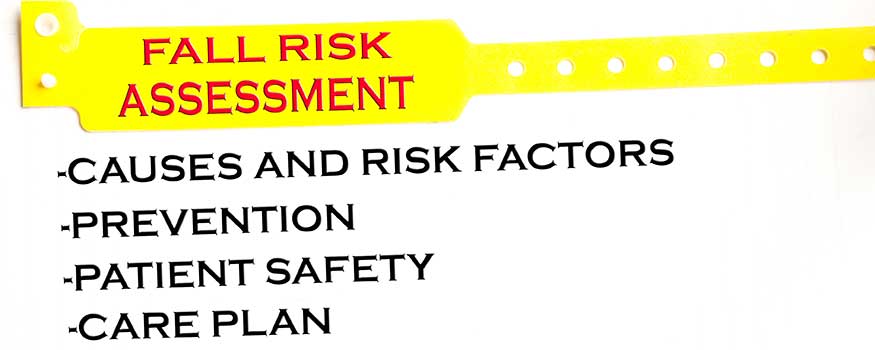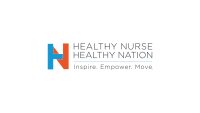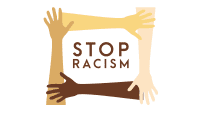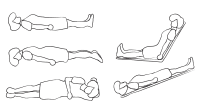You know from your experience that some patients will choose not to call for help before getting up from a bed, chair, or toilet, even though you orient them to the reason to call for help and how to use the call light to do so. When admitted to the hospital or long-term care facility, patients usually commit to calling for help before getting up; however, their actions may not be consistent with their promise. They make make the choice not to call for help or wait for a staff member for help. Does this scenario sound familiar?
If you have had this experience and know that some patients will exercise their right not to call for help, then a change in conversation and instruction is necessary. Patients have a right to make a choice, and healthcare providers are positioned to maximize patients’ knowledge about choices and consequences of available choices, thereby ensuring informed choice.
Ethical value of autonomy
According to the American Nurses Association (ANA) Social Policy Statement, a core value and assumption that undergirds the professional nurse’s contract with society is, “The interaction between nurse and patient involves participation of both in the process of care.” This value remains steadfast to a Code of Ethics for Nurses’ core principle — respect for persons, including respect for autonomy, or right to self-determination. To maximize autonomy, nurses engage in a reciprocal social relationship with patients. Our responsibility is to inform patients of choices, options for selection, and to the best of our ability, inform the patient in the consequences of the choices. Once fully informed, patients can then make a choice. In essence, nurses provide information that is evidence-based so that a patient can make an informed decision.
Four core biomedical ethics (autonomy, beneficence, nonmaleficence, and justice) can be articulated and applied to fall and fall injury prevention programs. Autonomy is essential to respecting a patient’s right to engage in conversation and education about available choices and consequences.
Making a choice
Let’s examine choice for one decision that applies to all inpatients: Use of the call light for help before getting up. Healthcare professionals view patients as partners in their care, with the right of autonomy. Patients are individuals who are cognitively intact, able to make decisions, and able to take responsibility for the consequences of their decisions.
Patients have a right to make a choice, to participate in processes of care. Nurses voice concerns and frustrations about patients who do not call for help, even after repeated instruction to do so, and then experience a fall. These patients may be labeled as “noncompliant,” but are they really? Across healthcare settings, nurses design and select fall prevention interventions by checking off a box on an electronic or paper medical record according to a fall risk score or level. This approach to fall prevention is unilateral, excludes patient participation, and ignores respect for the patient to be educated and informed about choices.
Right to choose
Here is an exercise to test your approach to patient choice: Do you inform a patient about choice when discussing “use of the call light to call for help before you get out of bed”? Two choices exist: to call for help OR not to call for help. Do you discuss both choices and inform the patient of the consequences of each choice without judgement?
Without question, nurses instruct patients (and caregivers) about calling for assistance and why this is important, but discussing the choice to not call for help is rarely part of the discussion. Rarely is this option found in a patient education program, brochure, pamphlet, or medical record education checklist. Still, let’s focus on the right to choose not to call for help.
As part of the Department of Veterans Affairs’ Veterans Integrated Patient Safety Center of Inquiry (VISN) 8 fall and injury prevention program, we applied the National Foundation of Patient Safety’s Ask Me 3 framework and Health Literacy’s Teach Back, to engage veterans as active partners in their fall prevention program and evaluate education effectiveness. We scripted content to foster consistent education by nurses. This education tool promotes autonomy because the choice to not call for help is part of the discussion, with three possible consequences.
Here are some examples from this tool that you may want to integrate into your fall prevention education program for cognitively intact patients.
- The top three reasons you are at risk for falling and/or injury
(Based on your fall risk assessment and history of injury risk)
- The three main reasons fall prevention is important:
- Falls for the most part are preventable.
- Falls can result in injury.
- Falls can make your hospital stay longer.
- Three actions you can take to stay safe:
- Learn about your fall risk factors.
- Call first for help (using the call light).
- Wait for help before you get out of bed or up from a chair.
- Three key points about your call light:
- Explain the purpose of the call light—to call the nursing staff for help.
- Locate where your call light is – at your bedside and in the bathroom.
- Demonstrate use of the call light at both the bedside and the bathroom.
- What happens if you choose not to call for help, experience an accident, and that accident is a fall?
- You could get injured.
- Your length of stay may be increased.
- You may not be able to go home when you planned.
The answers are provided during patient and family education, with instruction that the patient will “teach back” through a knowledge test and skills test. If the patient can accurately answer the questions and demonstrate use of the call light, the nurse can evaluate the effectiveness of instruction to ensure the patient is informed and knows the consequences of their choices.
Autonomy and patient safety
Opportunities exist to better integrate ethical principles into our practice, such as autonomy. Many interventions are implemented with safety as the priority; yet, there are times when autonomy supersedes safety. This same discussion should drive decisions related to bed alarm usage, purposeful rounding programs, within arm’s reach toileting programs, and other interventions applied to all patients, such as universal fall precautions. The nurse-to-patient relationship should be individual and dynamic, with respect for patients’ values, wishes, and choices.
Patricia A. Quigley is a nurse consultant.
Selected references
American Nurses Association. Nursing’s Social Policy Statement. The Essence of the Profession, 3rd ed. Silver Spring, MD; American Nurses Association; 2010.
American Nurses Association. Code of Ethics for Nurses with Interpretive Statements. Silver Spring, MD; American Nurses Association; 2015.
National Patient Safety Foundation. Ask Me 3.
Use the teach-back method: Tool #5. Content last reviewed February 2015. Agency for Healthcare Research and Quality, Rockville, MD.



















1 Comment.
I have been in the nursing field for about 25 years the last couple of years I have been hearing that a patient has the right to fall. My question is how does the patient have the right to fall and is it a law that they do have that right